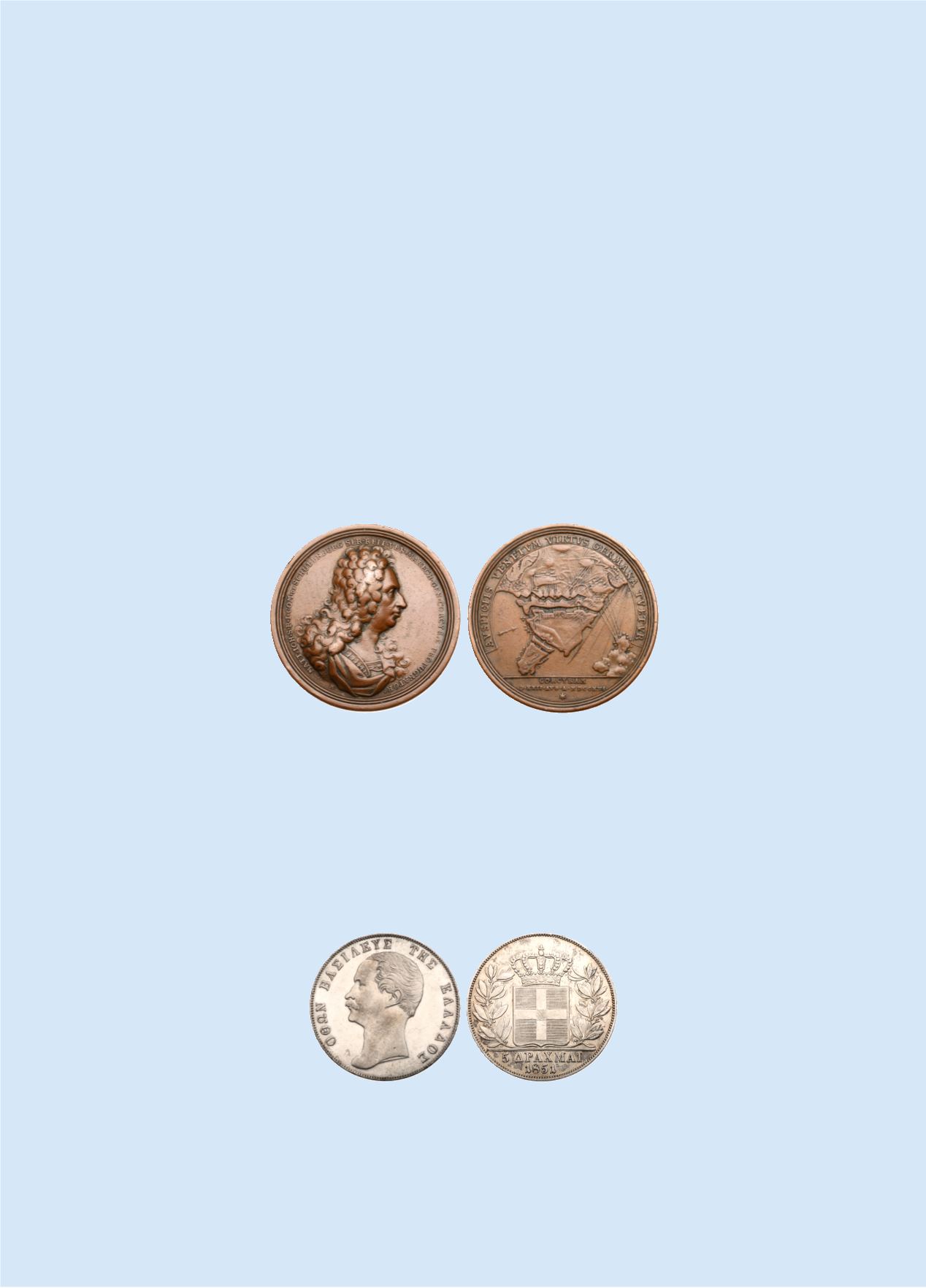

considerable vision. He was something of an efficiency expert. He reviewed every detail of every department of the mint, and
modernized its organization. Beginning in 1957, he also engaged in a variety of experiments to improve the coinage - a new gas-fired
annealing furnace in 1963, more than a dozen new coining presses in 1964 and 1965, and new techniques for inspecting struck
coins to assure consistent quality. In 1964, he also created a special “specimen coin section” as part of the medals department, with
some 70 workmen, so as to efficiently produce coins for sale to collectors, including overseas customers. His efforts earned the mint,
for the first time ever in 1966, the Queen’s Award for Industry, seen by James’s contemporaries as a great achievement, and this
included the queen’s visit to the Tower Hill Mint on June 8, 1966, when she inspected the Deputy Master’s many advancements.
Much favored by Queen Elizabeth was the portrait of her by Mary Gillick, who in fact was the first woman sculptor ever to
have designed an image of the monarch used on British coins. Mary Tutin Gillick was born in 1881 and educated at
the Nottingham School of Art and at the Royal College of Art. Her effigy of the queen was selected from seventeen designs
submitted by artists for consideration by the Royal Mint in 1952, and in 1953, upon Elizabeth’s coronation, the portrait
began appearing on all of Britain’s coins. It depicts the queen as a young beauty, looking towards the future with her
hair tied by a bow fluttering behind her. This image of the queen has also appeared on all British commemorative
postage stamps since 1966. Mary Gillick died on January 27, 1965. We can only surmise but, given the experiments at the mint
in the middle 1960s, as well as the significance of the Queen’s visit and award, and finally Sir Jack James’s creation of a new
specimen-producing section at the mint in 1964, it seems more than possible that this very unusual and superb-looking Satin
Proof sovereign was created as a distinctive Proof of Record to memorialize the passing of the queen’s favorite designer in this year.
GREECE
1396
Matthias Johann Count von der Schulenburg. The Defence of Corfu, Copper Medal, 1716, 48.5mm, 40.2g,
by Philipp Heinrich Müller. Armoured bust right. Rev. Map of the siege, AVSPICIIS VENETVM VIRTVS
GERMANA TVETVR. (Würzb 8326; Volt 1387). About very fine.
$ 300
from the collection of medals formed by William Victor Royle Baldwin (known as Roy or Uncle Roy), one of A H Baldwin & Sons
Ltd founder’s three sons, he was born in 1893
Rare 5 Drachmai of 1851
1397
Otto, (1833-1862). Silver 5 Drachmai, 1851. Older bust left. Rev. Crowned Greek arms with Bavarian shield
at center. (Divo 11; Dav 116; KM 36).
Rare one year type.
Choice very fine.
$ 8,000



















